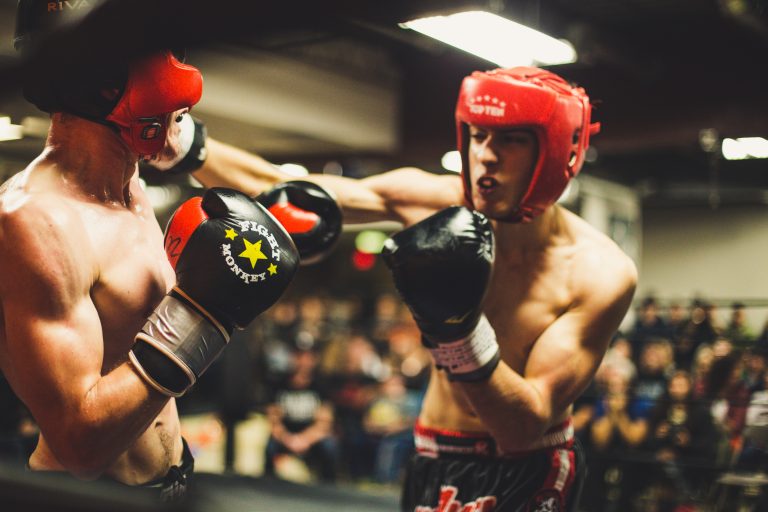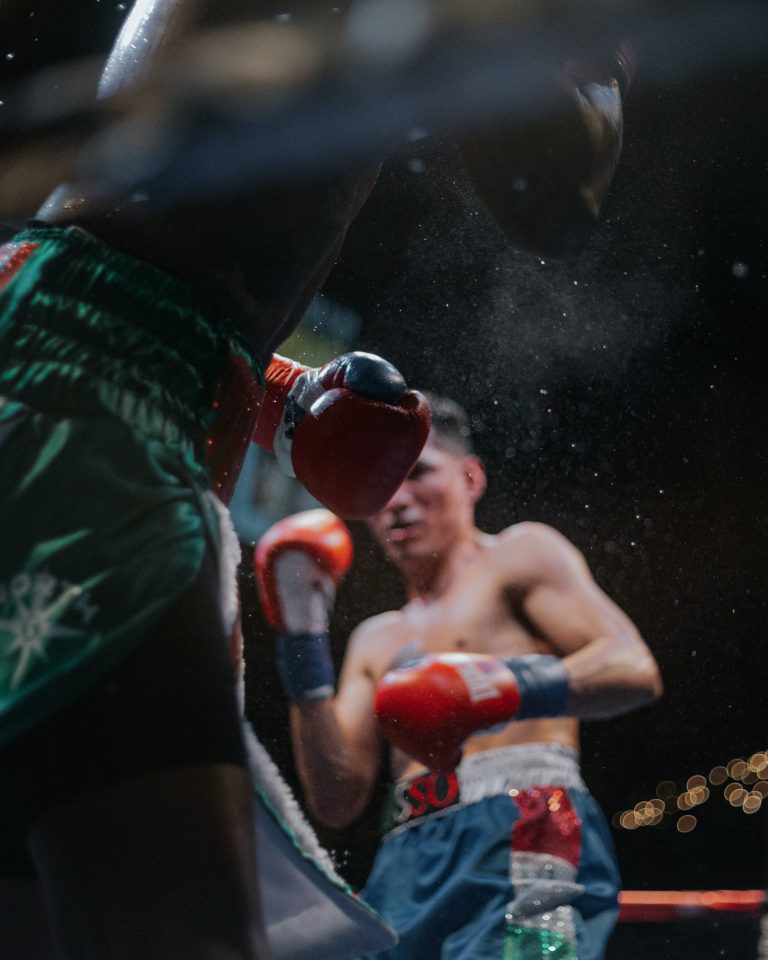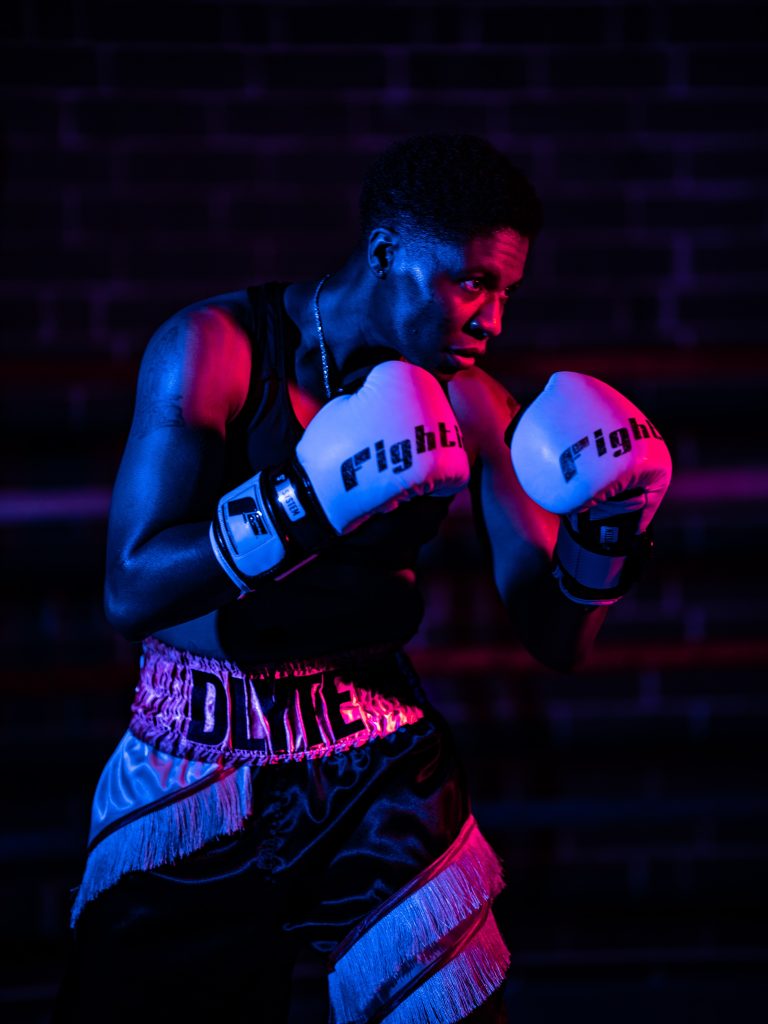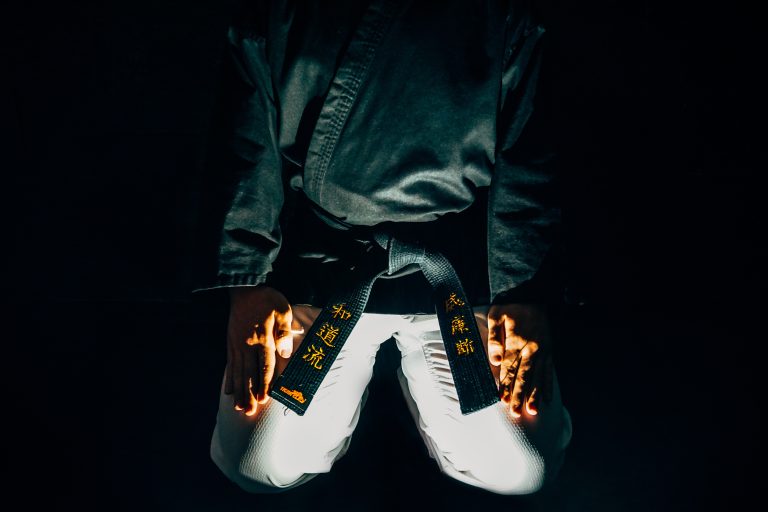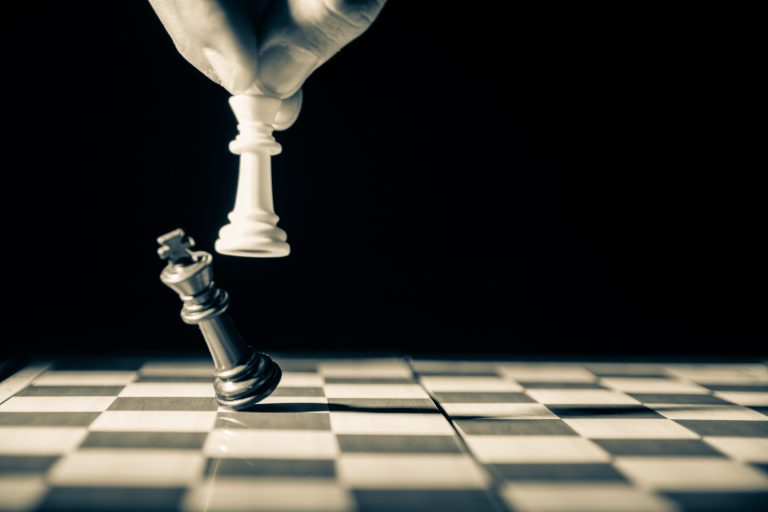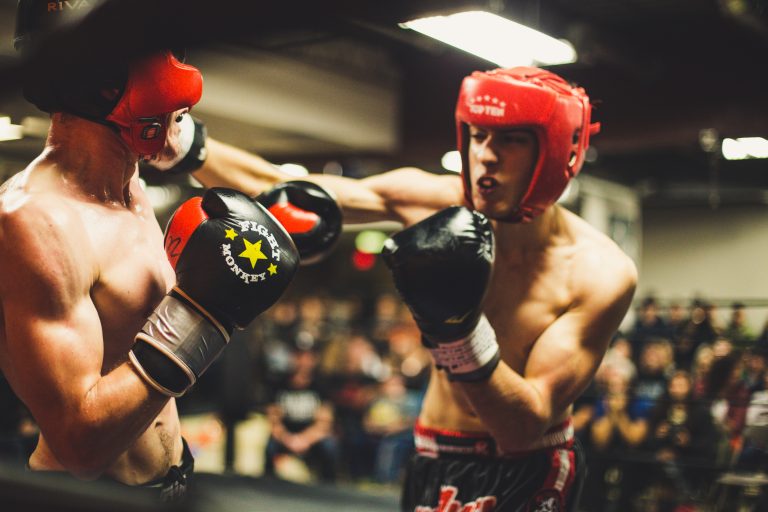Karate and the Japanese Martial Arts Traditions
Karate is a popular martial art form that originated in Okinawa, Japan. It evolved from a blend of Chinese kung fu styles and the more traditional Okinawan fighting styles. It was later introduced to the Japanese mainland where it gained popularity and helped to shape the traditional martial arts culture of Japan. Karate is now practiced all over the world and has become a symbol of Japanese martial arts traditions.
The Origins of Karate
Karate can trace its roots back to the early days of Okinawa, when it was still an independent kingdom. At that time, people in Okinawa were not allowed to carry weapons, so they developed an unarmed fighting style for self-defense. This fighting style became known as ‘te’ or ‘hand’ and was the precursor to Karate.
In the 20th century, Karate underwent a transformation when it was introduced to Japan. The modern form of Karate was standardized by the Japanese and was influenced by samurai culture, which emphasized discipline, honor and respect.
The Japanese Martial Arts Culture
Japanese martial arts have a rich history and culture that is deeply rooted in tradition. Practicing martial arts is not just about learning self-defense techniques but also developing one’s character and nurturing a deeper sense of self-awareness.
Martial arts training requires discipline and focus, and it emphasizes the importance of respect and humility. These values are reflected in the traditional dojo culture of Japan, where students bow to their partners as a sign of respect and to the teacher as a sign of gratitude for the knowledge they are imparting.
In Japan, martial arts are considered to be a way of life, and many of the martial arts schools have a long and prestigious history. They are considered to be an important part of Japanese society, and their influence can be seen in everything from popular culture to fashion.
The Benefits of Training in Karate
Karate has many benefits for both physical and mental health. It is an excellent form of exercise and can help to improve one’s strength, flexibility and balance. It has also been shown to help reduce stress and anxiety and improve mental focus and concentration.
Karate training is suitable for both adults and children, and it is a great way to instill discipline and respect from a young age. It can also help to build confidence and self-esteem and teach important life skills such as perseverance and determination.
Conclusion
Karate and the Japanese martial arts traditions have had a profound impact on the world, influencing popular culture and inspiring millions of people to take up martial arts training. Practicing Karate can be a life-changing experience, helping people to build physical and mental strength, develop respect and humility, and instill important life skills.
The Most Frequently Asked Questions about Karate and the Japanese Martial Arts Traditions
Karate, one of the most popular and well-known martial arts in the world, traces its roots back to the island of Okinawa, Japan. It has become an international phenomenon with practitioners and schools located in various countries across the globe.
In this blog post, we will answer some of the most frequently asked questions about Karate and the Japanese Martial Arts Traditions.
What is Karate?
Karate is a Japanese martial art that primarily focuses on striking techniques, such as punches, kicks, knee strikes, elbow strikes, and open-hand techniques. It is a form of self-defense that emphasizes speed, strength, and flexibility. Some styles of Karate also include joint locks, throws, and grappling techniques.
What are the benefits of practicing Karate?
Practicing Karate can have many benefits, both physical and mental. It can improve your physical fitness, flexibility, and balance. It also promotes discipline, focus, and self-confidence. In addition, Karate training can help you develop an understanding of self-defense and situational awareness.
What is the history of Karate?
Karate has a rich history that dates back hundreds of years on the island of Okinawa. It is believed to have originated from indigenous fighting methods that were influenced by Chinese martial arts. Over the years, Karate has evolved and branched out into numerous styles and sub-styles, each with its unique techniques and philosophies.
What are the different styles of Karate?
There are many different styles of Karate that exist today, each with its unique techniques, philosophies, and training methods. Some of the most well-known styles include Shotokan, Goju-Ryu, Shito-Ryu, Wado-Ryu, and Kyokushin.
What is the difference between Karate and other martial arts?
Karate is primarily focused on striking techniques, whereas other martial arts such as Judo, Jiu-Jitsu, and Aikido emphasize grappling and throwing techniques. In addition, Karate also places a great deal of emphasis on the development of the mind, body, and spirit, whereas other martial arts may focus more on physical conditioning or sport competition.
What is the etiquette in a Karate dojo?
In a Karate dojo, students are expected to follow a strict etiquette or code of conduct. This includes bowing to the instructor and senior students, showing respect to classmates and training partners, and following the rules of the dojo. It is also customary to wear a Karate gi (uniform) and to remove shoes before stepping onto the training floor.
What are the belt ranks in Karate?
Karate uses a belt system to indicate a student’s level of proficiency and progress in the art. The belt ranks typically start with white or yellow for beginners, and progress through various colors such as orange, green, blue, and brown to higher ranks of black belt.
What is the philosophy behind Karate?
Karate is based on a philosophy that emphasizes respect, perseverance, and personal development. It aims to develop not only physical skill but also mental discipline, self-control, and character. The principles of Karate include humility, honesty, and self-improvement.
How can I start practicing Karate?
To start practicing Karate, you can search for a local dojo or school in your area. Many schools offer beginner classes or trial sessions for new students. It is important to choose a reputable school with experienced instructors who focus on safety and proper technique.
What equipment do I need to practice Karate?
The basic equipment needed for Karate includes a Karate gi (uniform), a belt, and protective gear such as hand wraps and mouthguards. Depending on the specific style, additional equipment such as shin guards, headgear, or gloves may be required.
Is Karate a good form of self-defense?
Karate is an effective form of self-defense when trained properly, but it is not a guarantee of safety in every situation. Karate training can help develop situational awareness, physical conditioning, and the ability to defend oneself against an attacker. However, it is important to also develop an understanding of de-escalation and avoidance tactics to avoid conflict whenever possible.
In conclusion, Karate is a fascinating martial art with a rich history and philosophy, offering many potential benefits to those who practice it. Whether you are interested in developing physical skill, mental discipline, or self-defense ability, Karate can be an excellent choice for martial arts training.
Inhaltsverzeichnis

